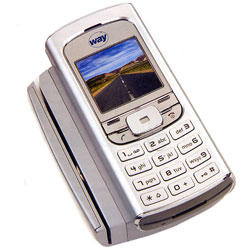January 15th, 2008 by Jamie Estep
Revisiting Google Checkout
Filed in: 3rd Party Processors |
Google Checkout is about to end their free processing, and switch to a traditional 2% + $.20 / transaction structure. Businesses who advertise on Google’s Adwords platform can still get major discounts on GCO processing.
I have blogged about GCO in the past, on more than one occasion, and I have held mixed feelings about it in several areas. We’ve now been using it for about a year and a half, and it is now becoming clear where Google Checkout it headed, nowhere.
Initially, Google gave coupons and incentives to consumers and business owners. These helped push GCO usage past Paypal for a short period of time, but now that the incentives are gone, GCO is going with them. For us GCO topped at about 10% of all online purchases, but has since dropped to about 1.2 – 1.5% (“Generous estimate!”). Paypal has slowly, but steadily increased all the while.
Despite the difficulty in integrating GCO with a website, I still think that it is an excellent alternative payment method, assuming that there are still going to be people who want to use it. From a shoppers perspective, one you have a GCO account, it is much faster than paying with a credit card or paypal, but there has never been a solid reason to use it. As we all know, it is consumers that drive services, and not businesses. I think that unless Google finds a way to make many more shoppers want to pay with GCO, there is never going to be a wide adoption of it. Paypal was driven by eBay until it was big enough to stand on it’s own. Google needs it’s own eBay to really make GCO popular.













